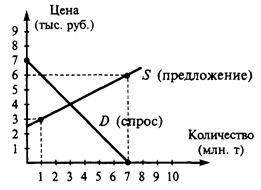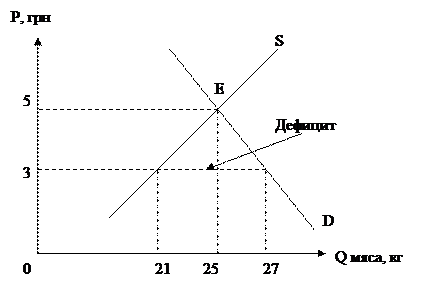AT THE PHARMACY
Pharmacy is a specialized shop, where medicines and items for medical care are sold. There are usually two departments there: for selling drugs (prescription department and chemist’s department) and working rooms. At the prescription department medicines are made up according to the doctor’s administration. At the chemist’s department medicines and medicinal plants may be bought without any prescriptions. Furthermore there are many different items for medical care such as wheelchairs, glasses, hearing-aids etc. The working areas of a pharmacy include rooms for glassware washing, drying and sterilization; an analytical laboratory, special rooms for medicines storing and dispensing. At the pharmacy medicines are kept either in special drug cabinets or on the open shelves or in refrigerators. For instance, strong medicines and toxic agents must be kept separately and locked. The drugs prepared at the pharmacy for the immediate use should be stored in a refrigerator. Powders, galenical preparations, and medicines made of medicinal plants are usually held on the shelves protected from light at a constant room temperature. Every bottle or box with a medicine should be labeled indicating its name, dosage, directions for administration, as well as information about the manufacturer and the expiry date. It’s very important for sick people as well as for those who take care of them to know all necessary information before using the particular medicine. There are various kinds of packages and production forms of medicines: boxes and parcels of different, ampoules for intramuscular and intravenous injections, tubes, different pills, powders, ointments for rubbing, tablets for internal use, etc. As a rule all medicines are classified and arranged in the pharmacy’s glass cases according to their therapeutic use: drugs for cough, cardiac medicines, pain or fever relievers and so on. Generally the drugs are classified into: · analgesics - to kill pain; · antiarrhythmics - to control irregular heartbeat; · antibiotics - to fight bacteria; · anticoagulants - to prevent blood clotting; · antidepressants - for changing mood; · antihistamines - to fight allergies; · antihypertensives - to lower blood pressure; · anti-inflammatories - to reduce inflammation; · diuretics - to get rid the body of excess fluids; · immunosuppressants - to prevent the body from rejecting organ transplants; · laxatives - to increase bowel movements; · sedatives - to suppress anxiety and relax the muscles; · vitamin supplements - for inadequate diet and digestive disorders. Medical care items (hot-water bottles, medicine droppers, cups, thermometers, bandages etc), and some goods which are not connected directly to medicine (cosmetics, shampoos, tooth pastes and others) are kept separately. To protect the public, all medicines must be tested and officially authorized to make sure that they are safe i.e. produced in accordance with quality standards. Pharmacists are regarded as experts in pharmacology and can help their customers to make the right choice.
|




